Writing a Graphic Novel or Comic Book Script
When I first started writing a comic book script, I must admit I put the cart before the horse. I had created a plot-driven story without knowledge about character arc, theme, or a three-act structure. Each writer will have their own process. I created a quick reference guide to help you create a great story and learn some comic book script terminology.
Character Development
A good story will get you invested in the characters!
There were two books in particular that helped me bring my characters to life: The Positive Trait Thesaurus and The Negative Trait Thesaurus by Angela Ackerman & Becca Puglisi. I worked through these incredible books to create a set of traits, needs, lies and goals for each character.
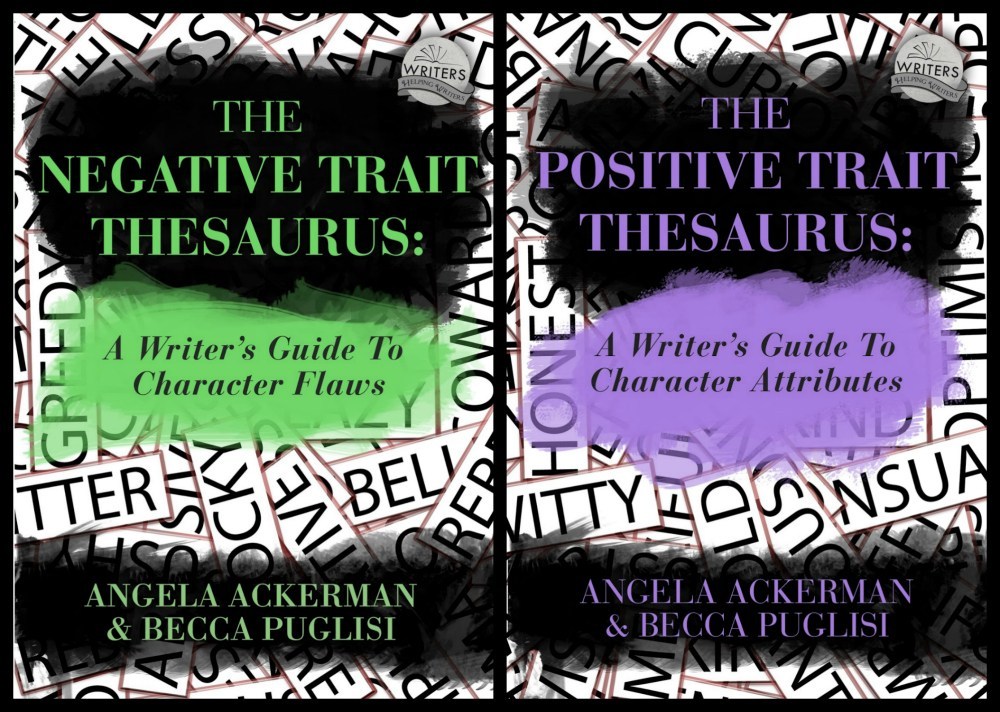
Story Development
I turned to a wonderful website called, Helping Writers Become Authors, to learn how to structure my plot. This site covers everything from three-act structure to character arcs. It’s a great resource and the author K.M. Weiland’s posts are always entertaining to read.
Most stories and major movies are based on a three-act structure. Here’s a breakdown of each act with key points outlined by Peter von Stackelberg:
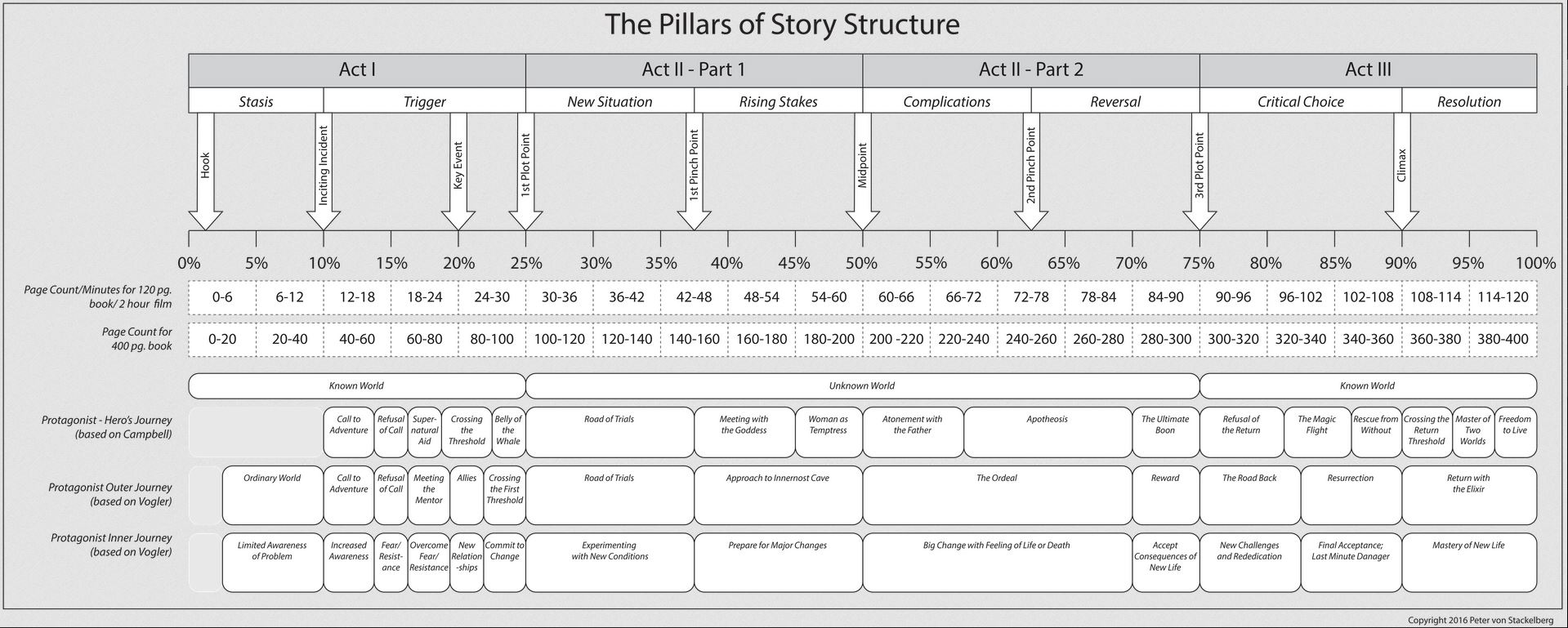
Comic Book Script
There is no industry standard for a comic book script. I use a template provided by Comic Experience, but there are plenty of options for you if you want to choose another. Just keep in mind to communicate clearly with your artist and letterer, here are some guidelines to follow.
Page Layout
- Header –Include title, issue number, writer’s name, and email
- Page Number –List each page with bold text
- Panel Number –List each panel with bold text
- Panel Description – Art description of a SINGLE action
- Text -This includes dialogue, sound effects, and captions
- Each section should be numbered for the letterer
- Dialogue should be indented
Terminology and Effects
- SFX = sound effect
- OP or OFF = off panel
- CAP = captions
- Character Caption: The inner thoughts of a character
- Time/Place: Example – Westchester, NY
- Narration: Example – Now Professor Charles Xavier sits, somberly studying his colorfully-costumed house-guests —
- Voice Over: Character is speaking, but is not in the current panel
- WH = whisper
- B = burst
- W = weak
- TH= thought balloon
- Underlined text = Bold text
- Italic text = Italic text
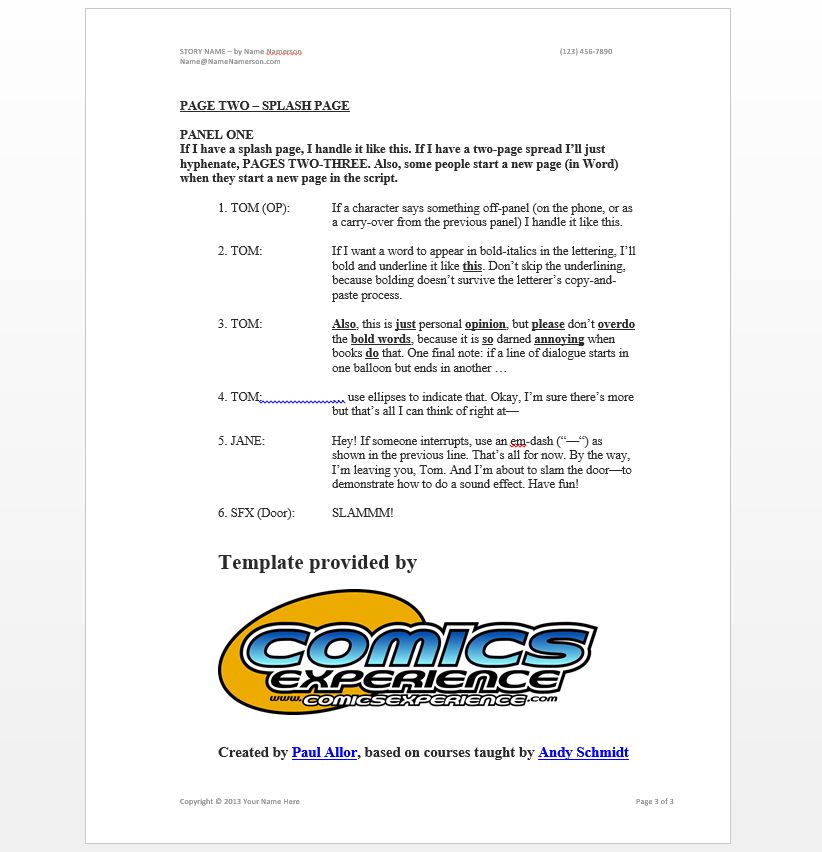
The last piece of advice is to get feedback. Send your script to whoever is willing to read it. It isn’t easy to hear criticism, but the bottom line is that your book will benefit from it!
Now go create your story!

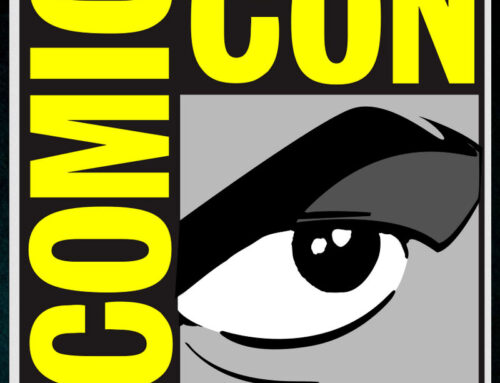
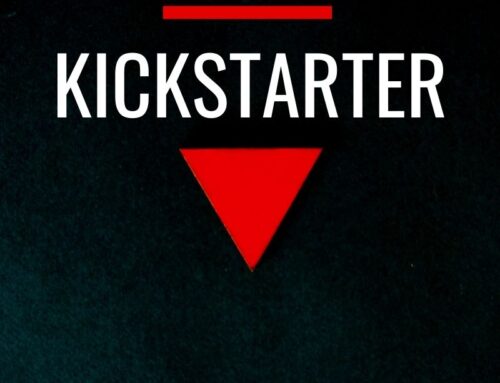
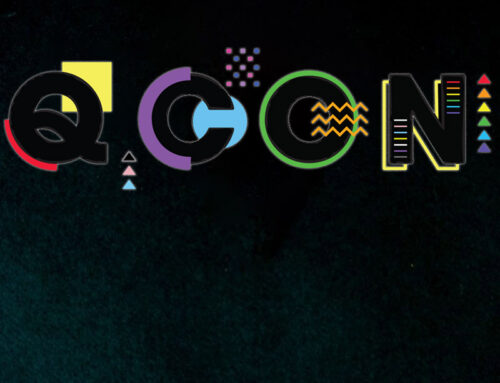

Leave A Comment
You must be logged in to post a comment.